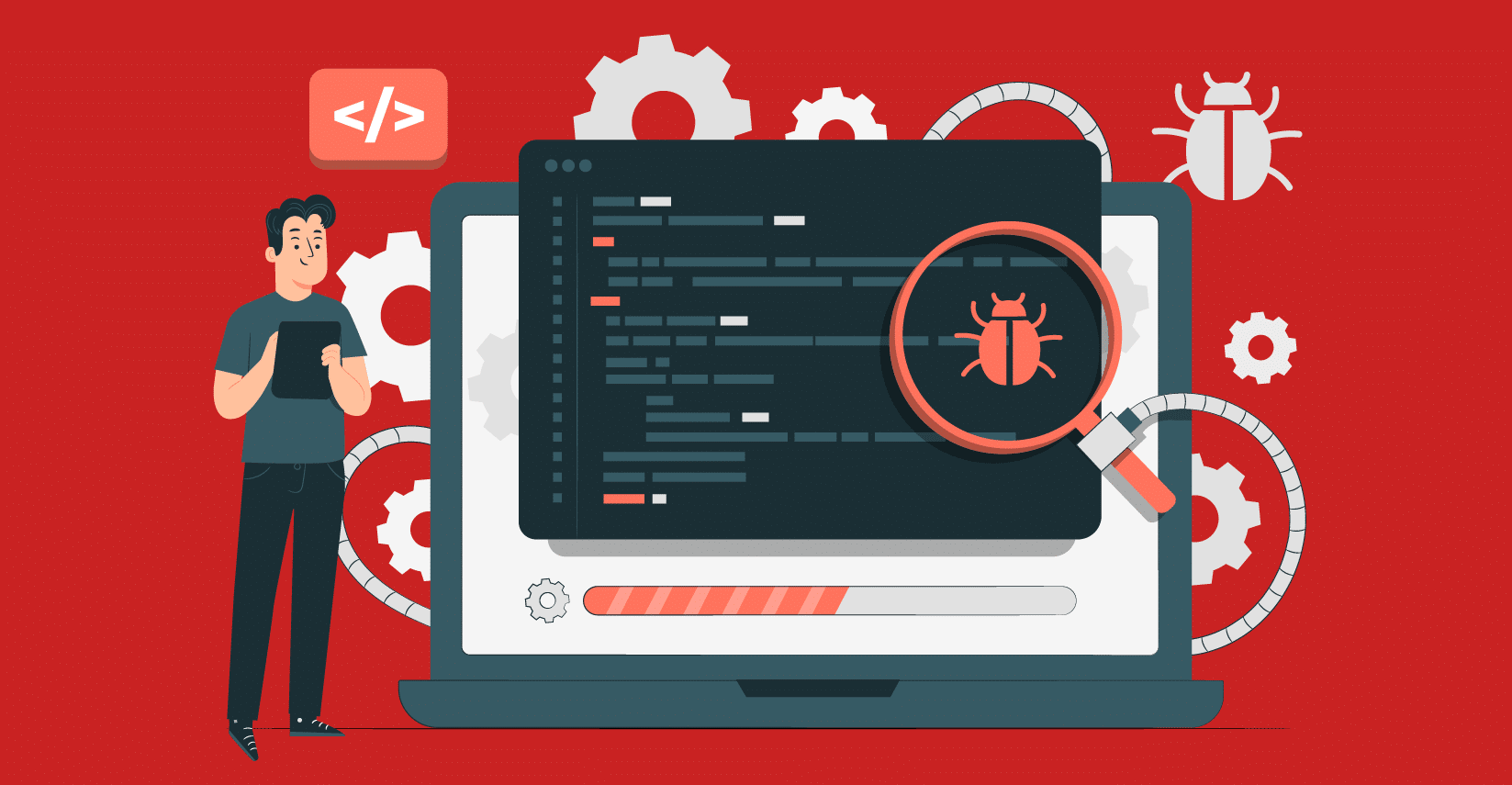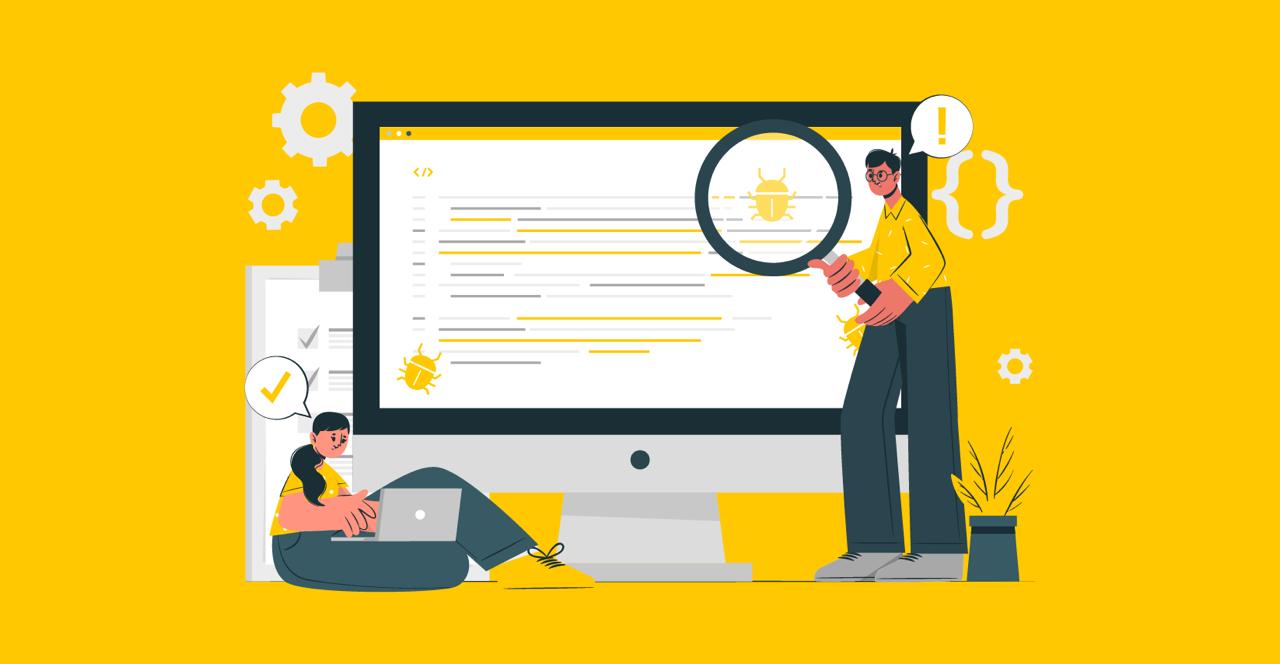Just like a test management tool, a bug tracking program is an essential part of a QA tester’s routine. This software serves to make the development and fixing process easier while saving precious time.
When you’re part of a quality assurance team, coding assignments can become tiresome, especially when you have to check for potential bugs and work to fix them. It’s important to be organized and deal with your responsibilities accordingly. Fortunately, in this scenario, bug tracking softwarecan be the perfect thing to have.
Since there are so many different options online, it can be hard to choose. But don’t worry – we have some tips that will help you compare the programs you find to make more informed decisions.
What Makes Bug Tracking Software So Necessary?
It’s hard to stumble upon testers and developers who do not use defect-tracking apps nowadays. They have become a standard product in every team’s strategy. However, it may be hard to understand what makes a program like this so necessary when you’ve only just joined this field.
Here are some of the many benefits that bug-tracking software can provide:
- Improved Communication – Groups of testers must talk to each other efficiently and work towards accomplishing the same goal. Defect-tracking tools make it easier to do this by offering more efficient communication options.
- Better Management – Programs dealing with bug detection and management can automatically generate reports. This can give you an insight into how long it would take to resolve issues and what the different types of bugs that you’re dealing with are. On top of that, they also allow you to notice patterns.
- Great Visibility – All experts involved will be able to track the status of different bugs. Then, they can plan their work based on this.
What to Look for When Choosing Bug Tracking Programs?
Similar to test case management tooloptions, you will notice that there are a lot of different defect-tracking programs that you can use. It’s essential to compare these apps and select the best option for you and your team.
Let’s take a look at some features that you should consider when making your choice:
· Integration
Go for a tool that can integrate with your existing programs. It should work with testing frameworks and widely used management apps that your team is taking advantage of.
· Features
Every team needs something different from the software it uses. That being said, you should look for specific features that will help you reach your goals. For instance, you can search for programs that offer good bug-reporting features, customizable workflow, defect tracking, and feedback among other things. Then, compare them to other apps.
· Price
Depending on your budget, you can only be able to afford specific apps. Now, you can also choose a free program as long as it suits your needs. But if you can only find paid ones, make sure you choose one with a good price and the necessary features.
· Usability
The software you use should be simple to learn and use. This means that it should be convenient for both new and experienced developers. It should make learning easy for newcomers and help specialists work without too much effort.
Implementing Effective Bug Tracking: A Strategic Approach for QA Teams
This section delves into strategies and considerations for effectively implementing bug tracking tools, ensuring a streamlined bug management process.
- Customization for Team Dynamics: Different QA teams have unique workflows and dynamics. Opt for bug tracking software that allows customization to align with your team’s specific processes. This flexibility ensures that the tool seamlessly integrates into your existing work structure.
- Real-time Collaboration Capabilities: Effective collaboration is the backbone of successful bug tracking. Choose a tool that offers real-time collaboration features, facilitating communication among team members. This ensures that everyone is on the same page, leading to quicker bug resolution.
- Scalability for Growing Projects: QA projects evolve, and so should your bug tracking capabilities. Select software that scales with the growth of your projects. This scalability ensures that the tool remains effective and efficient, even as your testing requirements expand.
- Automation Integration for Enhanced Efficiency: Integrate bug tracking software with automation tools to enhance efficiency. Automation can expedite the bug detection process, providing quick insights into potential issues. This synergy between bug tracking and automation amplifies the overall effectiveness of your testing process.
- Robust Reporting and Analytics: A comprehensive bug tracking tool should offer robust reporting and analytics features. This allows QA teams to gain insights into the bug resolution process, identify patterns, and continuously improve testing strategies. Prioritize tools that provide in-depth reporting capabilities.
- User-Friendly Interface for Seamless Adoption: User adoption is crucial for the success of any tool. Choose bug tracking software with a user-friendly interface to ensure that team members, regardless of their expertise level, can quickly adapt. A simple and intuitive interface promotes efficient usage across the entire team.
- Regular Training and Skill Development: Bug tracking tools are most effective when the team is well-versed in their functionalities. Provide regular training sessions to ensure that team members are proficient in utilizing the software’s features. This ongoing skill development contributes to the tool’s optimal utilization.
- Feedback Mechanism for Continuous Improvement: Establish a feedback mechanism within your team for the bug tracking process. Encourage team members to provide insights into the tool’s effectiveness and suggest improvements. This continuous feedback loop fosters a culture of improvement and ensures that the bug tracking process remains aligned with evolving project needs.
By strategically implementing bug tracking software with these considerations in mind, QA teams can elevate their bug management processes, leading to more efficient and reliable software development practices.
Final Thoughts
Taking your time to compare bug tracking software can help you end up with the right program. Check the features mentioned here and see which tool works best for the needs of your team.
Moreover, consider seeking feedback from your team members who will be directly engaged with the bug tracking software. Their insights can provide valuable perspectives on usability, practicality, and the overall effectiveness of the tool in addressing specific project needs. Actively involve your team in the decision-making process, fostering a collaborative approach to tool selection. This not only ensures that the chosen bug tracking software aligns with technical requirements but also enhances overall team satisfaction and productivity. By combining a comprehensive feature analysis with user feedback, you can confidently select a bug tracking program that becomes an integral asset in your QA toolkit.


























